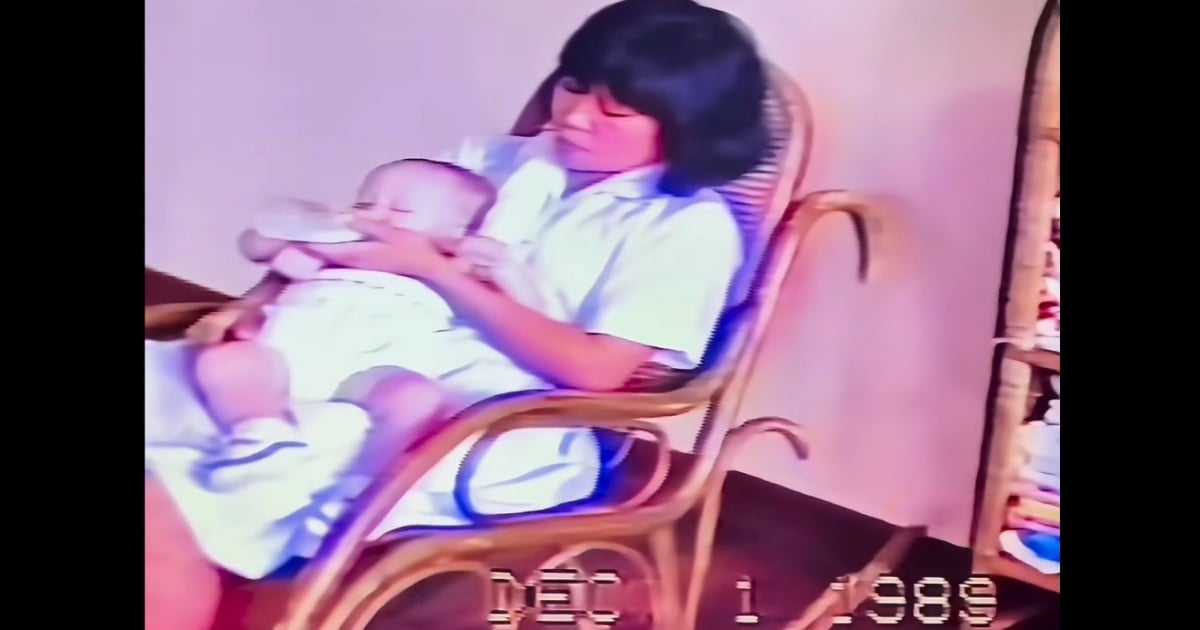When Jenny Verastro was on her deathbed in 2004, she told her nephew, Carl Sabatino, about a treasure she had hidden in her home.
“Three days before she passed on, she told me, ‘Don’t forget, Carl, to look under the sewing machine,’” Sabatino told Daily News.
He wasn’t sure if she was delirious or if it was true.
Even if it was true, what could this treasure be? After all, a “treasure” could mean a lot of things to an elderly woman who was about to die. He decided he would investigate this “treasure” that was supposedly hidden in his aunt’s Staten Island home.


He was shocked by what he found.
“As I moved the sewing machine, it came sliding right out into my lap. I was stunned,” he said. “I found it wrapped in newspaper.”
What he found was a recreation of Pablo Picasso’s “Woman With a Cape,” which Sabatino, a New Jersey broadcast executive, believes was painted by Picasso decades after he painted the original.
Sabatino says his uncle, Nicky Verastro, bought the painting from a street vendor in London in 1944 for about $10 to $30 when he was fighting in World War II, Daily News reports.
He thinks the painting came from a nearby gallery that was bombed or looted. He even remembers seeing the piece as a child.


“My brother and I called it the lady with the fuzzy hat,” he recalls.
Sabatino is convinced that the painting is real and that Picasso recreated his original in order to test out a new painting method. However, when he brought it to Christie’s in New York an expert determined that it was nothing more than a knock-off.
“She examined it for about 30 seconds and literally flipped it back at me and said, ‘This is a $10 poster, don’t waste your time,'” he recalled. “I said, ‘Okay, but where did it come from in your opinion? It’s in color.'”
Paint was an exotic rarity during those times.
“She gave me a deer-in-the-headlights look,” Sabatino explains. “She didn’t have an answer.”


Analyst Dr. Kenneth Smith of the Center for Art Materials Analysis in Westmont, Ill. extracted some of the pigment and confirmed that the materials were consistent with materials used in Europe in the 1930s. He also discovered a partial right thumbprint on the work which will be analyzed by a forensic expert to see if it matches a plaster cast of Picasso’s hand.
Florida art appraiser Richard Beau Lieu also believe that the painting is a true Picasso and that it could be worth around $13 million.
“It’s terribly significant,” Beau Lieu told NBC 4 News. “I’m convinced this is the real deal. Wait and see. There’s always going to be skeptics. I’m convinced this is the real deal.”
Please SHARE this with your friends and family.















